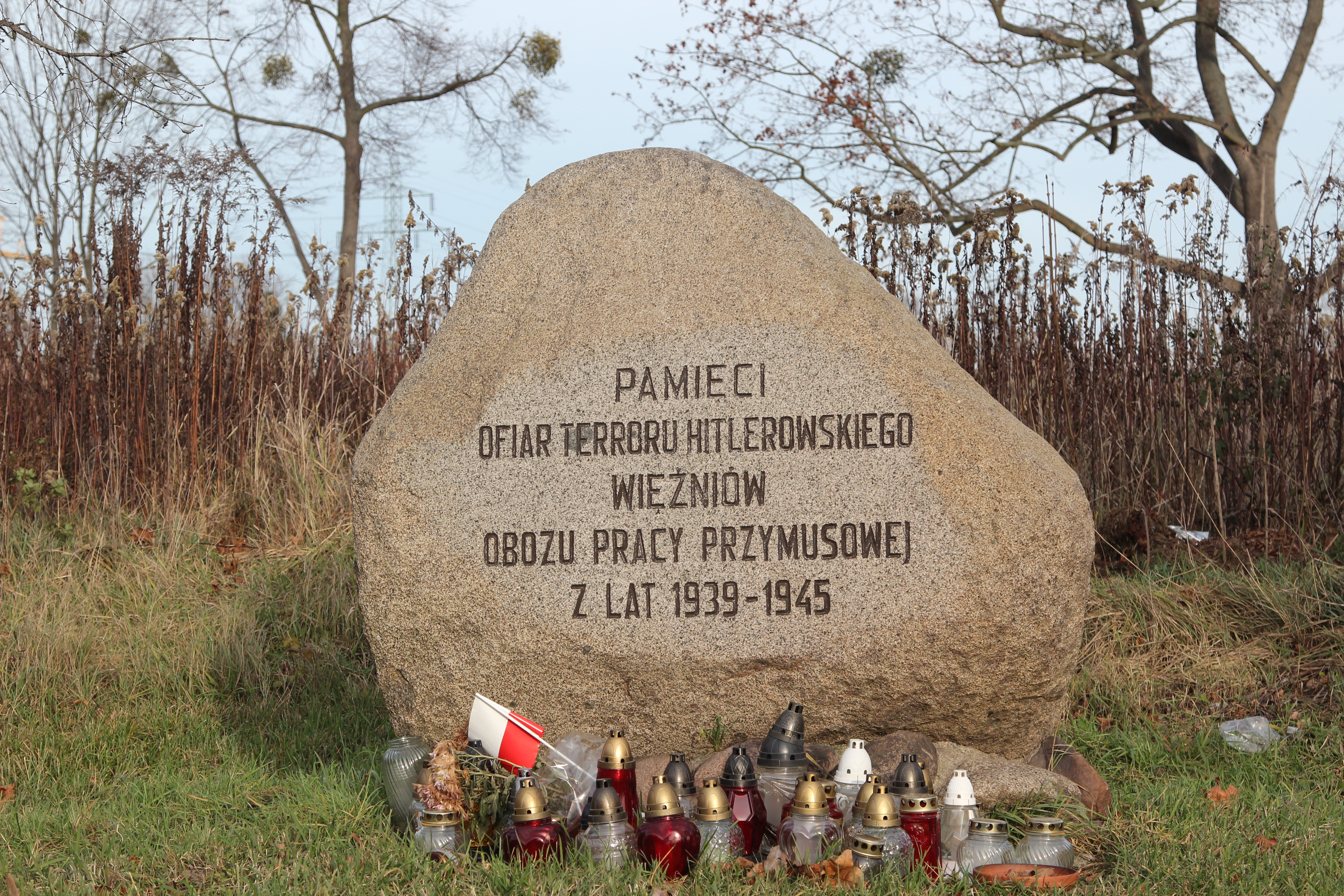Sołtysowice on:
[Wikipedia]
[Google]
[Amazon]
Sołtysowice (, , ) is a district in Wrocław located in the north-eastern part of the city. It was established in the territory of the former
 During World War II it became a transit camp (Durchgangslager Breslau-Burgweide), through which about 10,000 prisoners passed. After the Warsaw Uprising, about 1,000 people were brought to the camp, where they stayed for several days. Today there is a memorial stone at the site of the camp.
The settlement became again a part of Poland in 1945, and was incorporated into Wrocław in 1951. In 1991, after reforms in the administrative division of Wrocław, Sołtysowice became one of the city's 48 districts.
Today, Sołtysowice is a residential area consisting mainly of single-family houses and low-rise apartment buildings.
During World War II it became a transit camp (Durchgangslager Breslau-Burgweide), through which about 10,000 prisoners passed. After the Warsaw Uprising, about 1,000 people were brought to the camp, where they stayed for several days. Today there is a memorial stone at the site of the camp.
The settlement became again a part of Poland in 1945, and was incorporated into Wrocław in 1951. In 1991, after reforms in the administrative division of Wrocław, Sołtysowice became one of the city's 48 districts.
Today, Sołtysowice is a residential area consisting mainly of single-family houses and low-rise apartment buildings.
Psie Pole
Psie Pole () (polish: ''Dog Field'') is one of the five administrative districts of Wrocław, Poland. Before 1928, it was an independent city. Its functions were largely taken over on 8 March 1990 by the Municipal Office of the newly established ...
district.
Initially a village, the settlement was incorporated into Wrocław in 1951.
Name
The earliest mention of the settlement in a document dates back to 1312, when it was recorded under the name of ''Schultheschowycz''. Later names used in documents were ''Schuteswicz'' (1326), ''Schulteissowicz'' (1340), ''Scholteiswicz'' (1353), ''Schulteissowitz'' (1411), ''Schultewytz'' (1540), ''Schotwitz'' (1652), and ''Burgweide'' (1937). After 1945, the settlement was renamed ''Sułkowice''. It was later changed to ''Sołtysowice'' the same year.History
Researching the local settlement showed that a Polish strongfold had existed since the 12th century. The village was first mentioned in 1312, when it was part of medieval Piast-ruled Poland. Hertelin of Głogów sold the village to the St. Vincent Monastery inOłbin
, settlement_type = District of Wrocław
, image_skyline = Wroclaw kosciol Michala Archaniola.jpg
, image_map = Wrocław Ołbin.png
, map_caption = Location of Ołbin within Wrocław
, subdivision_type = Country
, ...
, and in 1390 the monastery bought another 3.75 acres from Jan the apothecary from Wrocław.
In 1795 the village had 157 inhabitants, including 2 craftsmen, 24 houses, a farm and an inn. At the beginning of the 19th century. Schottwitz was known for sheep and cattle breeding. In 1845 there were 227 inhabitants, most of them Catholics
The Catholic Church, also known as the Roman Catholic Church, is the largest Christian church, with 1.3 billion baptized Catholics worldwide . It is among the world's oldest and largest international institutions, and has played a ...
. There was a manor, 33 houses, an inn, a tailor, a shoemaker and a merchant, and sheep-breeding still predominated. In 1868 the Breslau- Oels (Oleśnica) railway was opened with a station in Schottwitz, which boosted the economic development in the following period. In 1890 a sugar factory was built near the station. After 1933, a branch of the Breslau Penal and Juvenile Prison was established in the village.
 During World War II it became a transit camp (Durchgangslager Breslau-Burgweide), through which about 10,000 prisoners passed. After the Warsaw Uprising, about 1,000 people were brought to the camp, where they stayed for several days. Today there is a memorial stone at the site of the camp.
The settlement became again a part of Poland in 1945, and was incorporated into Wrocław in 1951. In 1991, after reforms in the administrative division of Wrocław, Sołtysowice became one of the city's 48 districts.
Today, Sołtysowice is a residential area consisting mainly of single-family houses and low-rise apartment buildings.
During World War II it became a transit camp (Durchgangslager Breslau-Burgweide), through which about 10,000 prisoners passed. After the Warsaw Uprising, about 1,000 people were brought to the camp, where they stayed for several days. Today there is a memorial stone at the site of the camp.
The settlement became again a part of Poland in 1945, and was incorporated into Wrocław in 1951. In 1991, after reforms in the administrative division of Wrocław, Sołtysowice became one of the city's 48 districts.
Today, Sołtysowice is a residential area consisting mainly of single-family houses and low-rise apartment buildings.
References
{{DEFAULTSORT:Sołtysowice Districts of Wrocław